The Path
Making the Journey from Supply Chain to Business Leader
So you want to become CEO? With supply chains' growing ownership of developing digital transformations, carbon reduction initiatives, and upholding its' people, it becomes paramount to understand the rise of supply chain leaders to the coveted CEO position.
Executive Summary
For many years marketing and finance were the logical breeding grounds for the CEO role, but this is changing with the rise of ubiquitous digital technology and a heightened awareness of environmental impacts, especially climate change. Supply chain leaders bring a few key traits to the job that are now more important than ever, including:
Cool: Having grown up in a career where disruption is common and can quickly lead to serious problems including employee or customer safety, operations leaders are unflappable. Tumultuous times ahead call for a steady hand at the wheel.
Analytical: Supply chain people are problem-solvers by nature, who critique data every time. Hunch-driven decision making may seem romantic, but the complexity, interdependency and importance of CEO decisions demands an analytical mind.
End-to-end: Balancing supply and demand is the core of what operations people do, so they need at least some understanding of everything from R&D to sales. CEO accountability to make money while preserving credibility and public trust requires a big-picture perspective.
Humble: After twenty-plus years in relative obscurity, supply chain people know how to succeed without a lot of bravado. Experience on the shop floor has helped instill empathy and respect for people that is essential for CEOs heading into the coming decade.
Recognize and develop these traits if you want to be a top business leader. If you do get the job, be ready with some tactics that others who’ve walked the path have found helpful:
-
1
Manage the Board: It’s a completely different kind of reporting relationship that demands careful communication strategies, interpersonal relationships, and a lot of time. It is also impossible unless you can…
-
2
Rely on Your Team: The job is too big to do alone, no matter how smart or hard working you may be. Find and bet on great people, rely on their decision making, and keep the best interests of the entire organization as your sacred duty.
-
3
Listen, Learn, and Lead: You can’t have favorites. Customers, employees, and investors won’t always align around what is best. Get in the habit of asking great questions before offering answers. Remember, people consider your word final.
-
4
Find Frameworks for Managing Ambiguity at Scale: There’s a reason CEOs buy strategy consulting services from the likes of McKinsey and BCG—they sell frameworks that simplify complex problems. Find one that works and keep it close.
Introduction
Most Chief Supply Chain Officers today started their work lives at a time before the idea of supply chain management had fully crystallized. CEOs back then rarely if ever had risen to their positions from functions like purchasing, logistics or manufacturing. Top business leaders usually came up through sales, brand management, or finance, while supply chain and operations executives served more as support roles to “the business”.
Recent trends, including massive digitization on the demand side (e-commerce, social media, smart infrastructure) and the supply side (Industry 4.0, machine learning), plus a COVID-sparked supply chain “crisis” that focused the world’s attention on operations, have changed attitudes toward the CSCO. On top of this, supply chain owns around 90% of most organizations’ Scope 3 carbon emissions which means a business’ license to operate over the next decade depends on supply chain more than any other function.1
It is common to hear “supply chain” cited on quarterly calls with Wall Street analysts as investors realize that operational agility, accountability, and resilience are now the key to businesses meeting their revenue and earnings targets.
The time is now for any supply chain leader to step into a top business leadership role, if they have the ambition and are prepared for a different set of personal and professional challenges. This report comprises interviews with four CEOs who rose from supply chain, and an analysis of top business leaders with operations backgrounds, broken down to expose key lessons learned along the way.
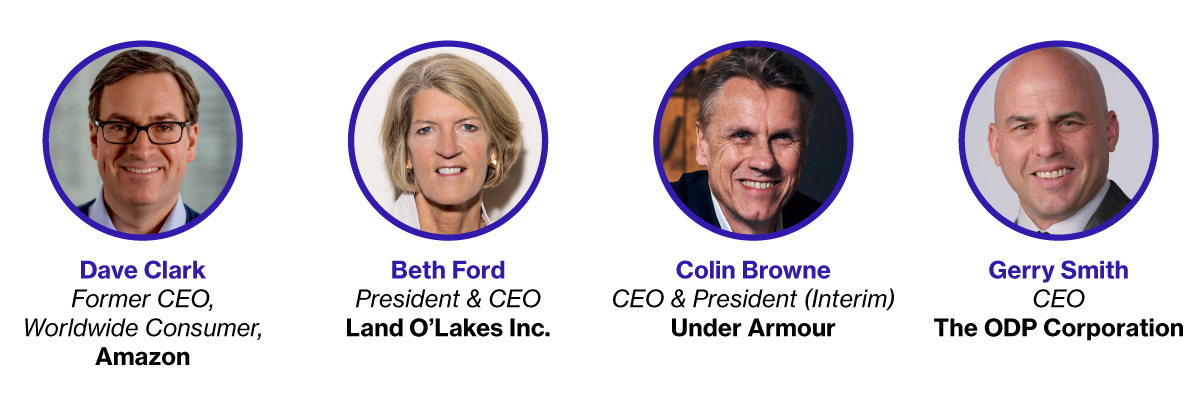
So, You Want to Be a CEO?
The #1 undergraduate major at the University of Tennessee is supply chain management. This includes not only business majors, but all majors.2
Much the same is happening at universities and business schools worldwide as young people everywhere see a chance to use technology to improve things for the planet while also pursuing an exciting and lucrative career for themselves. Ambitious new hires entering business today think less about getting to the corner office by climbing the ranks as sales leaders or product engineers, and more about running end-to-end operations on their way to the top. They want to be supply chain leaders. For those who are CSCOs (or on track to get there soon), now is the time to think about how you’ll get the CEO job, and how you’ll do it well. The fundamentals of success as a supply chain leader differ significantly from those required of a general manager accountable for P&Ls, stock price performance, and maintaining trust in the larger organization. And yet, the times are such that the skills and temperament that make one successful as a supply chain leader are suddenly top of mind for headhunters, boards of directors and outgoing CEOs looking for a successor.
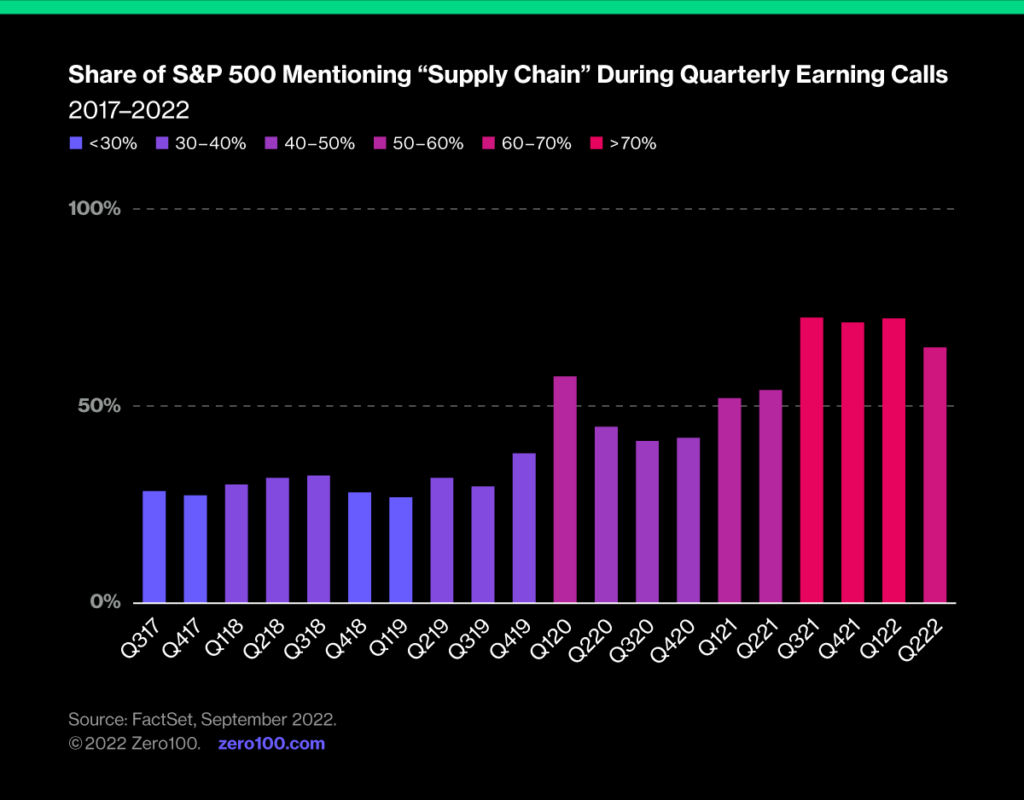
To understand how supply chain leaders become successful CEOs we asked a few key questions…
-
1
What is most different about the CEO role from the supply chain and operations leader role?
-
2
What, if any, supply chain lessons have you had to unlearn upon taking over as CEO?
-
3
What are the key watchouts and unlocks to winning trust among board members and other top leaders in the organization?
-
4
What advice do you have for supply chain and operations leaders who aspire to be chosen as CEO?
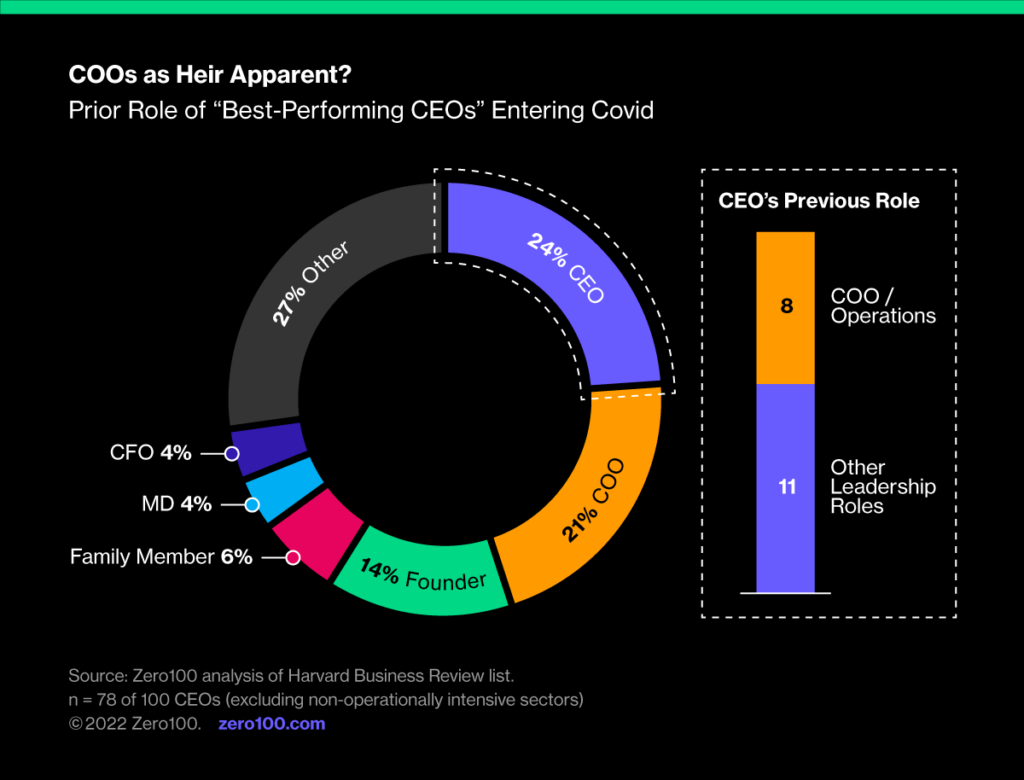
Supply Chain Leader Traits to Become a CEO
Supply chain leaders who have walked the path to CEO share at least four special traits that power their success.

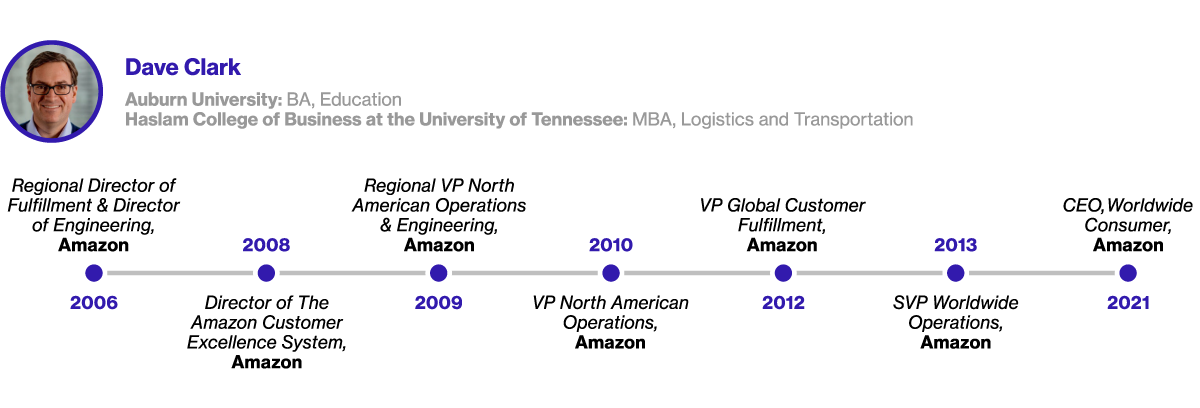






What to Do if You Get the Job
Making the most of your supply chain experience while preparing intellectually and emotionally to take over as CEO is easier with the right tactics and tools. Four stood out in our research as widely applicable no matter where you are on the path to a top business leadership role.
TACTIC 1
Manage the Board
Topping the list of what is most different about being a CEO, is the need to manage a multi-headed boss—the Board of Directors. Unlike the reporting relationship CSCOs typically have to a single threaded leader in the CEO or President, managing a board is more complicated, political, and personality driven. There is often no one answer to important strategic questions, which means CEOs must learn how to apply direction from their boards, while juggling competing views from their C-suite leadership team.
“It’s not a classic performance review” says Colin Browne, CEO & President (Interim) of Under Armour and a former CSCO with supply chain leadership experience at VF Corp and Li & Fung. The direction one gets as a leader is group feedback with conflicting points of view. The CEO’s job is not to operationalize a strategy the way they would as a CSCO, but to use this intentionally diverse and independent-minded feedback to optimize the business opportunity.
“Being transparent and leveraging the diversity and experience of the entire board has been crucial to my professional development and success” says Gerry Smith, CEO of ODP. Tactically, this requires seeking out regular touchpoints with individual board members—quarterly or more—and knowing which individual board members to turn to for specific perspectives depending on their work history or professional specialty. Many board members also sit on multiple company boards which means they can sanity check investor expectations of public company behavior—Something Apple CEO Tim Cook for instance, has done brilliantly.
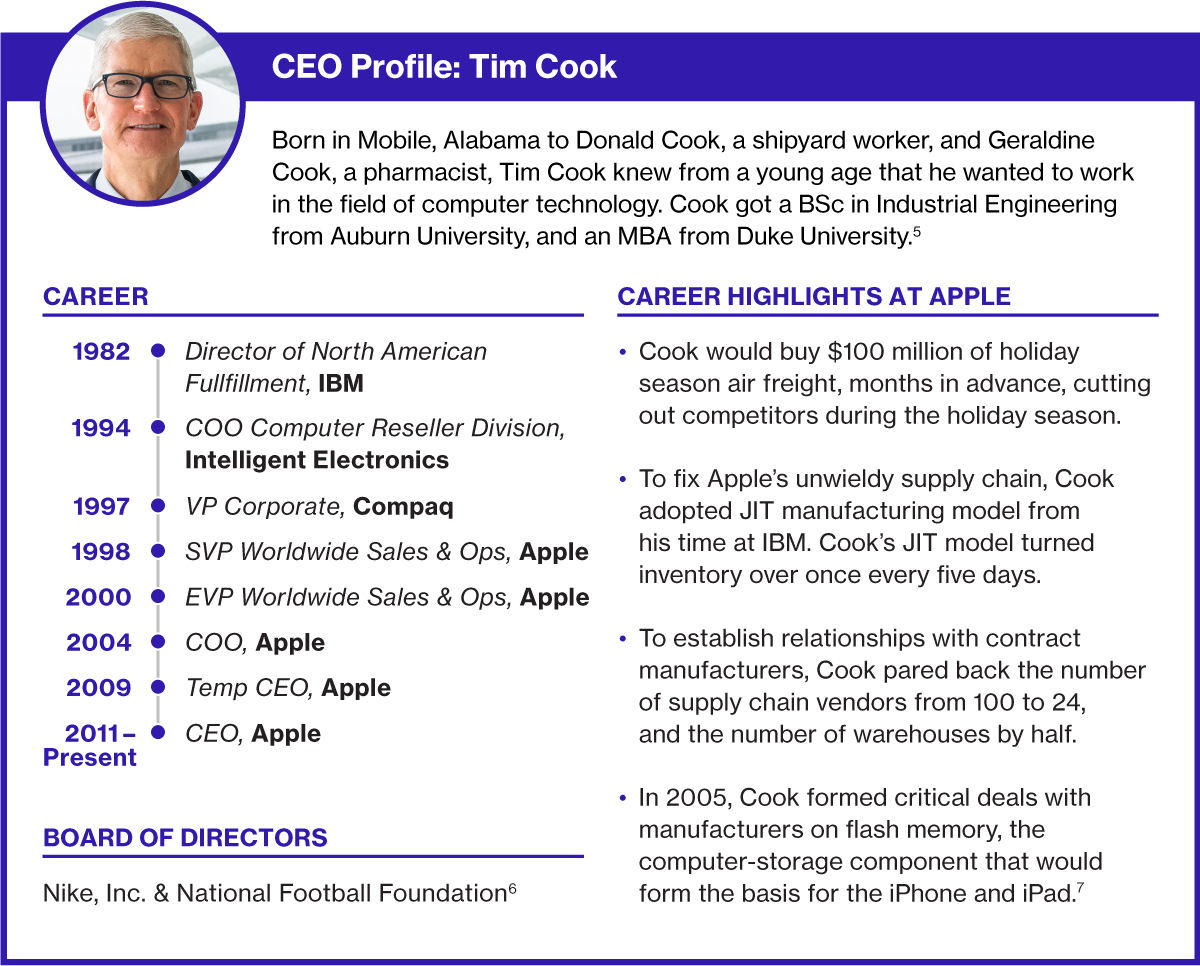
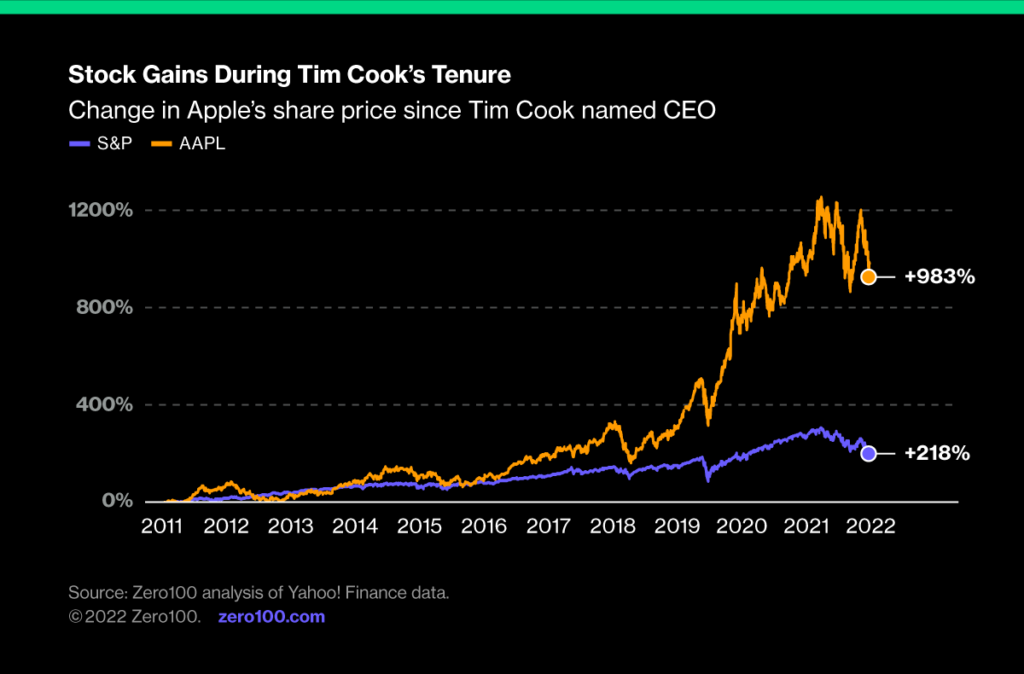
TACTIC 2
Rely on Your Team
“I’ve learned that in order to fully focus on the business as a whole, I need to rely on the team I have in place” says Beth Ford, President & CEO of Land O’Lakes and long-time supply chain leader with experience ranging from chemicals to publishing. The level of expertise these C-suite leaders bring in their fields is supposed to be world class. Attempting to master their areas as you may have, rising through supply chain, is a mistake. Better is to bring a leader’s eye to judge whether they truly are world class and adjust accordingly.
Not only is relying on your team key to handling all the specialty knowledge needed to create a strategy, but it is also key to surviving the workload of the CEO role. Asked about what Supply chain lessons he had to unlearn, Gerry Smith said, “It wasn’t about unlearning but rather judging when to apply the operational expertise I’d developed as a CSCO, and when to rely on my team”. Time allocation is one of the key challenges CSCOs face upon becoming CEO, especially since most are steeped in the idea that full utilization is a good thing. Identifying and building around selected lieutenants is a tactic for making the most of your team while still reserving time allocated for “strategy, partnerships and people”.
Finally, the delicate process of managing boards is one where your team is vital. This is especially true in the ESG area where you are expected to be aware and have an opinion on everything your company touches. Your team needs to own scientific knowledge around topics like carbon measurement and food security to avoid errors of fact. Similarly, topic specific knowledge on law, politics, and economics are all fair game in a board meeting or investor call. Knowing what to say, and more important, what not to say, depends on having competent people you can trust.
Avoid the mistake of “finding one key lieutenant and then stopping” says Dave Clark. “Keep betting on people who are smart, who are simplifiers, who have grit. And double down ‘til you lose. If you can keep finding people to bet on you can increase your surface area” as a leader.
TACTIC 3
Listen, Learn and Lead
“As Land O’Lakes is a century-old, farmer-owned cooperative, I’m responsible for the success of our member-owners—who also happen to be my bosses,” says Ford about the CEO job at this unique food and agricultural business. The massive responsibility CEOs take on usually comes with a paradox—power that depends on personal leadership qualities more than command and control authority. Plus, CEO accountability includes not only investors and directors, but also customers, communities, and governments.
Sigismondi says of this challenge: “you must learn how to ask the right question rather than only be concerned with having the right answer… empowering and advocating for your company, employee sand stakeholders is key to building trust with those at high (and lower) levels of the organization.”8
For supply-chain-leaders-turned-CEOs, the work habits that got them to the position may not be perfectly suited to doing the job. Several have had relatively short tenures at the helm, and off-the-record discussion suggests part of the problem is failing to crystallize a clear leadership message that constituents from employees to customers and even vendors believe in. It is possible that the very same volatile, complex business environment that is now elevating supply chain’s prominence is also a trap for those who fail to listen, learn, and then lead through times of change. In fact, CEO turnover has spiked since COVID.
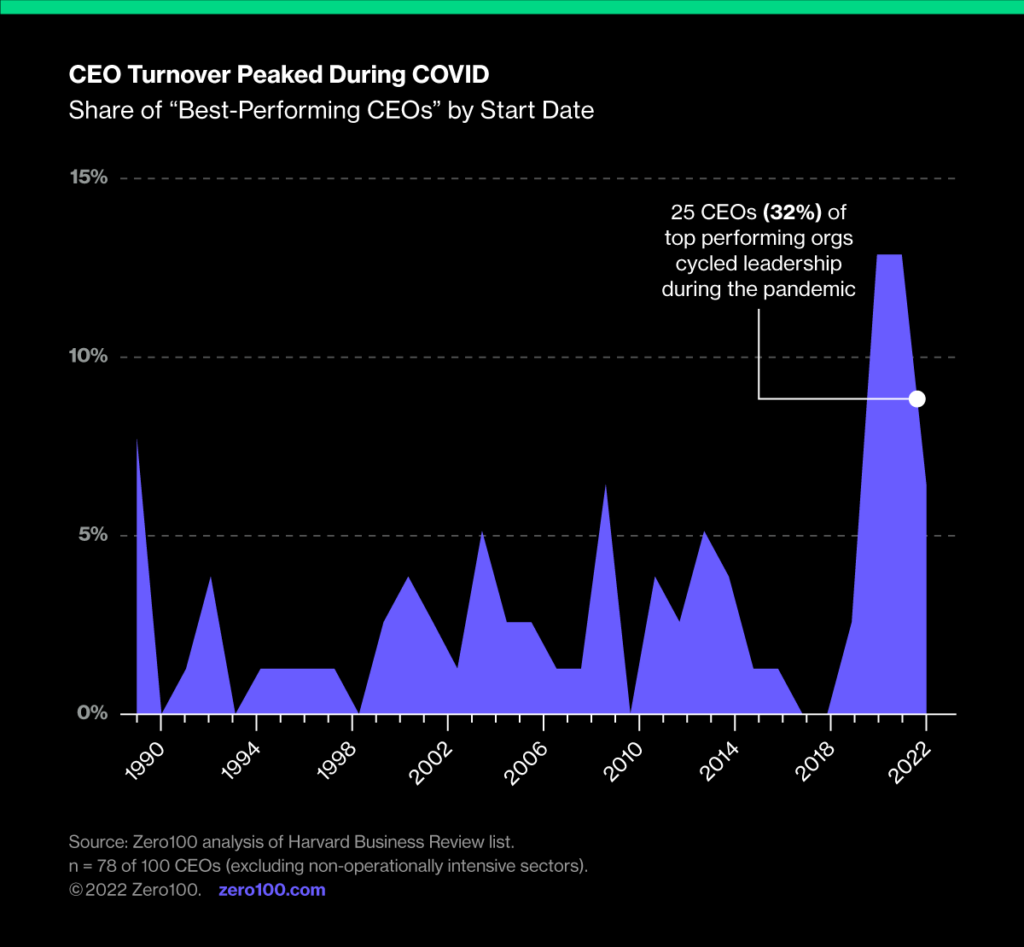
TACTIC 4
Find Frameworks for Managing Ambiguity at Scale
Nearly every business leader we researched or spoke to had mental models they relied on for leadership, management, decision making or otherwise simplifying the gigantic task of being the CEO.
One such model was instrumental for Gerry Smith, who rebuilt Lenovo’s worldwide operations as its head of supply chain between 2006 and 2013 before taking over as SVP and President of the Americas. The MOVE model shown below is a particularly good fit for supply chain leaders taking on the CEO role because it is fundamentally about managing change with an eye to optimizing resources through time. It was created by Sandy Ogg, a former Blackstone operating partner and Chief HR Officer at Unilever.9
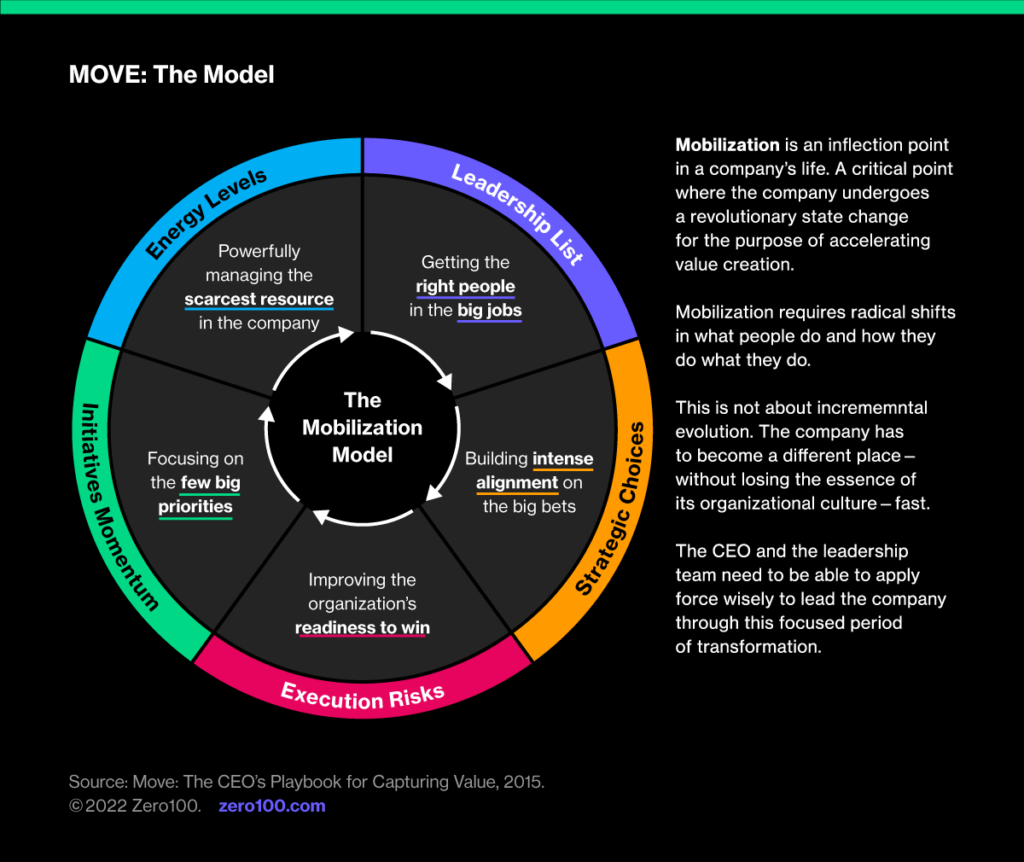
Another is touted by Ken Allen, CEO of DHL ecommerce and a supply chain lifer with a passion for business transformation. His book, Radical Simplicity, explains the memorable acronym SELF in terms of how a business leader with huge responsibility but fragmented authority can stay on track. Like the MOVE model, Allen’s framework is about finding signal in noise to avoid drowning in the complexity and pressure of the CEO role.10
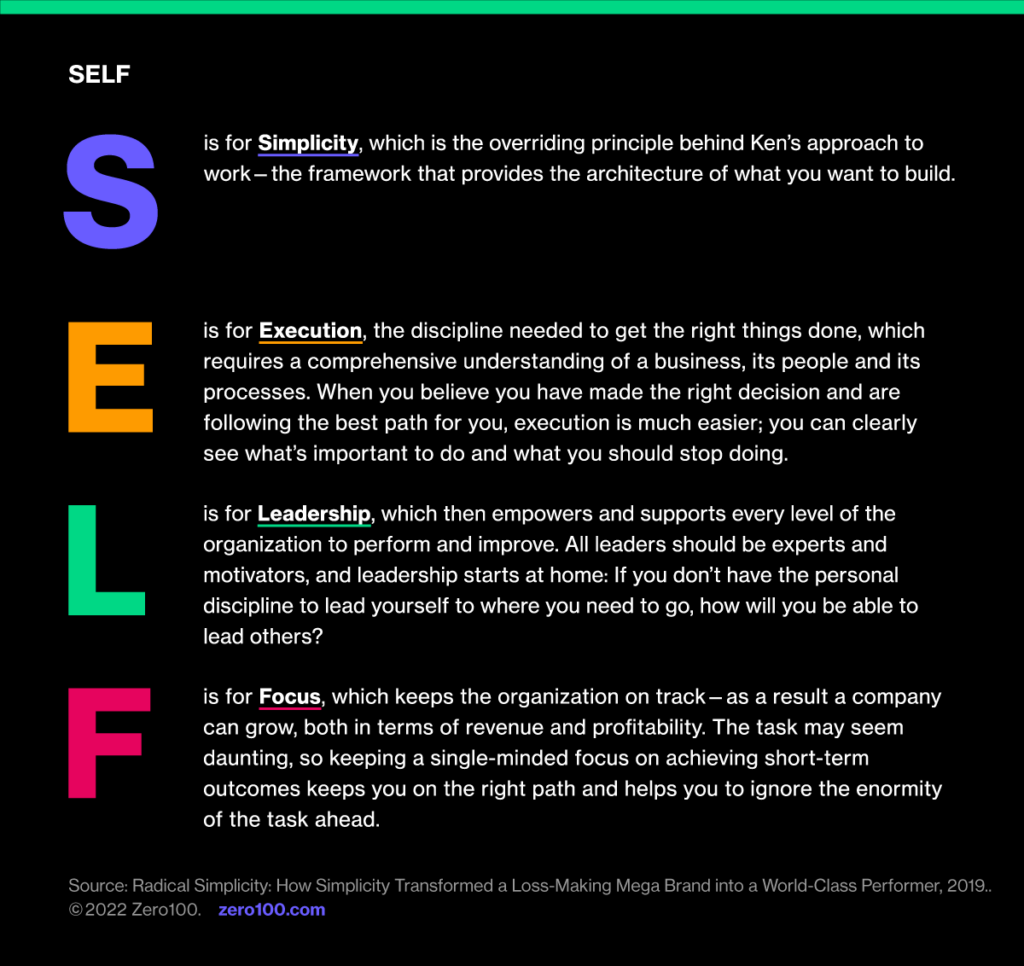
Are You Ready for the Challenge?
Wanting to be CEO is not enough. CSCOs whose organizations work well with other functions are more likely to have the credibility, relationships, and strategic understanding of the entire business to lead.
One of the most troubling findings in a survey Zero100 fielded this fall is that supply chain practitioners overwhelmingly believe collaboration with marketing is periodic at best. If this is true of your organization, you may be unprepared to succeed as CEO.
The biggest challenge most supply chain leaders face upon becoming CEO, is owning responsibility for revenue. Dave Clark describes this fundamental shift in terms of being “an antagonist for both sides of the business”. This includes unlearning some of what operations leaders are typically steeped in as owners of the cost side of the equation. Clark credits his experience with accountability for revenue on Amazon Prime as key to a “product mindset” bridging the worlds of marketing, sales, operations, and tech that has helped him as a CEO.
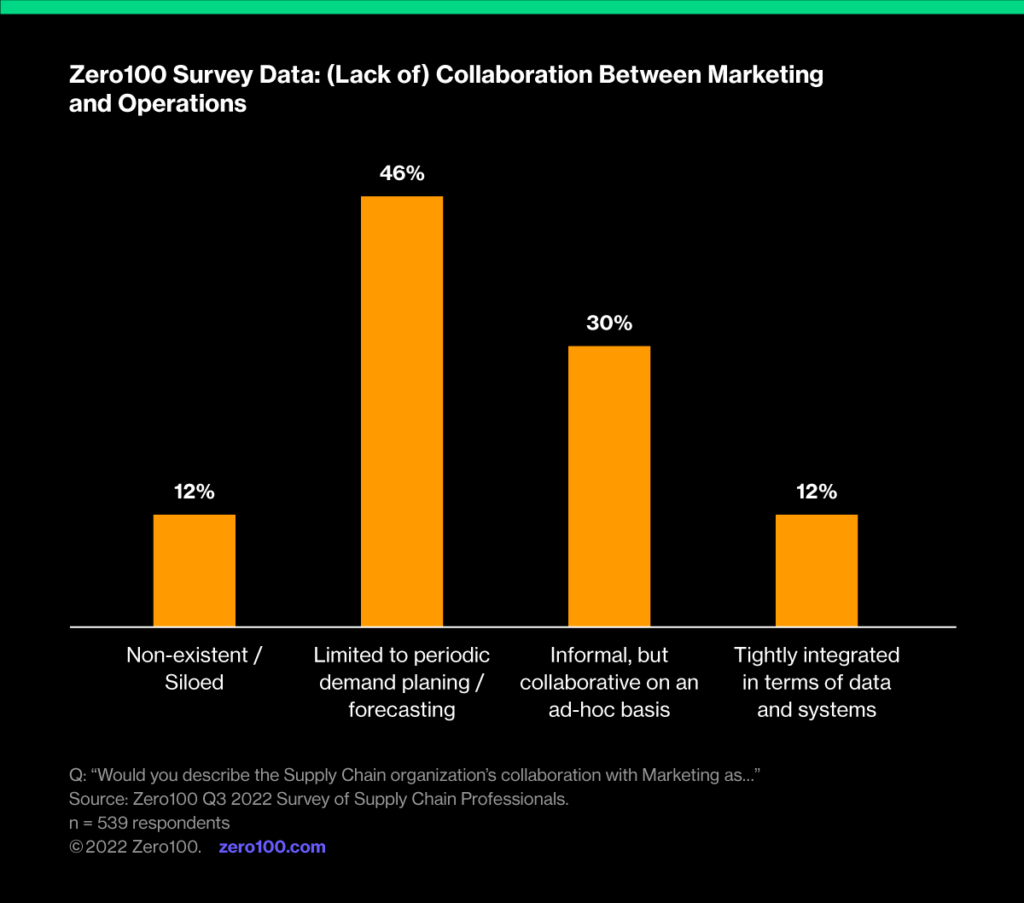
Conclusions & Recommendations
CSCOs are increasingly taking on the CEO role across industries. Owning accountability for both revenue and cost while keeping an eye on long term ESG commitments across constituencies that are often in conflict is the essence of the job. It is a critical moment for those willing to walk this path, not only because digitization is transforming business while climate change threatens our world, but also because business is now facing a global economic slowdown.
Before getting excited about the possibility of taking a CEO job, CSCO’s should ask whether they “understand the situation they are walking into”, says Dave Clark. Boards of directors generally have something they expect the new CEO to “fix”, whether that is to spark growth, restructure for efficiency, or change the business model. Ask yourself not only whether you can fix whatever it is, but also whether you can hire strong enough people to get the job done.
If the “fix” needed looks like something you want to tackle, then remember one other piece of advice from Beth Ford: “let them know you want it”. With the increased visibility CSCOs have today it is a natural and appropriate moment to step up and be clear that you are ready to take the job. Stay close to those board members or other leaders who are part of the decision-making process and be sure they have a view on your capabilities.
Demonstrate the traits supply chain leaders bring to the game that are especially valuable for CEOs entering 2023…
References
2. “A Top Supply Chain University,” The University of Tennessee Knoxville.
3. Radu Palamariu and Knut Alicke, “From Source to Sold,” October 4, 2022.
4. Radu Palamariu and Knut Alicke, “From Source to Sold,” October 4, 2022.
5. Tim Cook, “Tim Cook Speaks Up,” Bloomberg, October 30, 2014.
6. Dorothy Neufeld, “Who Is Tim Cook?” Investopedia, April 6, 2022.
7. “Tim Cook,” ai.
8. Radu Palamariu and Knut Alicke, “From Source to Sold,” October 4, 2022.
9. Sandy Ogg, “Move: The CEO’s Playbook for Capturing Value,” 2015.
10. Allen Ken, “Radical Simplicity: How Simplicity Transformed a Loss-Making Mega Brand into a World-Class Performer,” 2019.